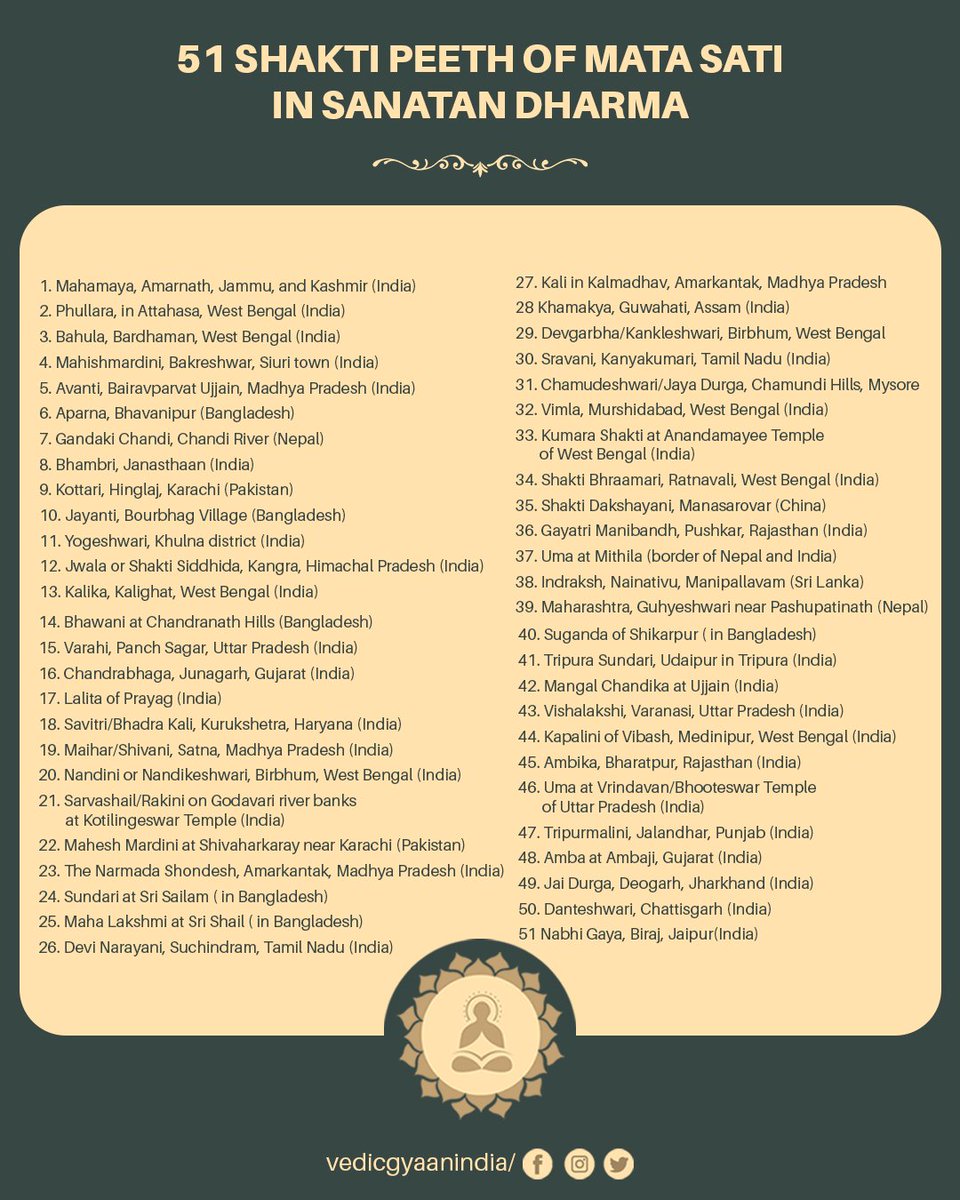
The spiritual meaning of Namaste is profound. Particularly in Hinduism, Gods are worshiped by closing the eyes and joining the palms in reverence, which indicates the recognition of their divinity.
'While paying obeisance to God, bring the palms together. After joining the hands
'While paying obeisance to God, bring the palms together. After joining the hands

one should bow and bring the head forward. While tilting the head forward, one should place the thumbs at the mid-brow region, i.e. at the point between the eyebrows and try to concentrate on the feet of the Deity. After that, instead of bringing the folded hands down immediately
they should be placed on the mid-chest region for a minute in such way that the wrists touch the chest; then only should the hands be brought down.
The fingers should not be stiff while bringing the palms together because this will lead to a decrease in Sattva component from the
The fingers should not be stiff while bringing the palms together because this will lead to a decrease in Sattva component from the
vital and mental sheaths and thus increase the raja component in them. By keeping the fingers relaxed, the subtlest Sattva component will get activated. With the strength of this energy, embodied souls are able to fight powerful distressing energies.
In the Namaskar posture, the
In the Namaskar posture, the
joined fingers act as an antenna to assimilate the Chaitanya (Divine consciousness) or the Energy transmitted by a Deity. While joining the palms, the fingers must touch each other because leaving space between the fingers will result in accumulation of energy in that space.
This energy will be immediately transmitted in various directions; therefore the seeker's body will lose the benefit of this potent energy. After joining the palms, bow a little. This posture puts pressure on the navel and activates the five vital energies situated there.
Activation of these vital energies in the body makes it sensitive to accepting sattvik frequencies. This later awakens the 'Atma shakti'. And later, Bhav is awakened. This enables the body to accept in large measures the Chaitanya emitted by the Deity.
• • •
Missing some Tweet in this thread? You can try to
force a refresh








